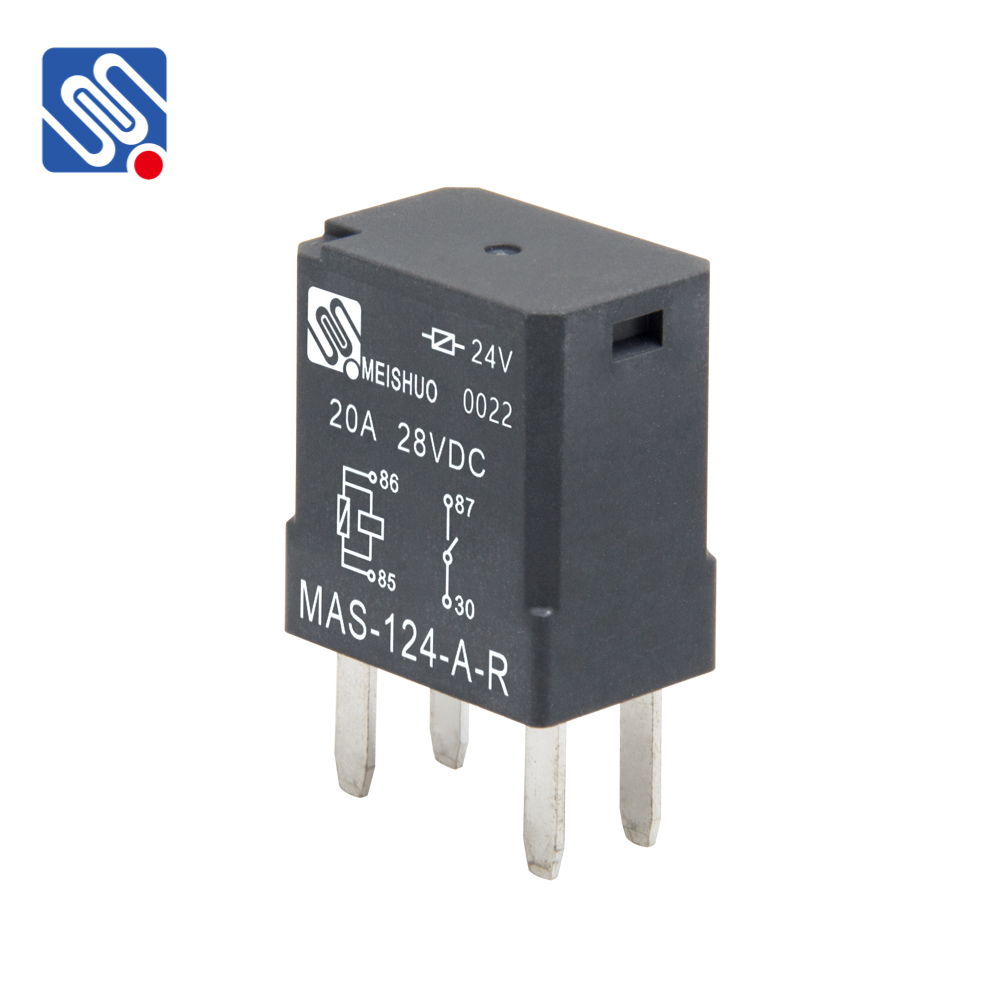a comprehensive guide to 24v 30a relay: features, applications, and benefits
Release time:2025-10-23 22:21:08
Relays are essential components in various electrical and electronic circuits, enabling the switching of high-power devices with the control of low-power signals. Among them, the 24V 30A relay stands out for its ability to handle substantial current loads while maintaining a manageable control voltage. This article delves into the features, applications, and benefits of the 24V 30A relay, providing insight into why it is a crucial component for industrial, automotive, and residential use.

What is a 24V 30A Relay?
A 24V 30A relay is an electromechanical switch that uses a low-voltage electrical signal (typically 24V DC) to control a high-current circuit (up to 30A). The relay consists of an electromagnet (or coil) that, when energized, creates a magnetic field to operate a set of contacts. These contacts can either open or close a circuit, thus allowing the relay to control devices that require higher voltage or current than the relay's control input can provide.
The 24V DC input voltage makes it ideal for applications in systems powered by 24V sources, including industrial machinery, automotive circuits, and more. The 30A current rating indicates that the relay is capable of handling significant power, making it suitable for controlling high-power electrical devices.

